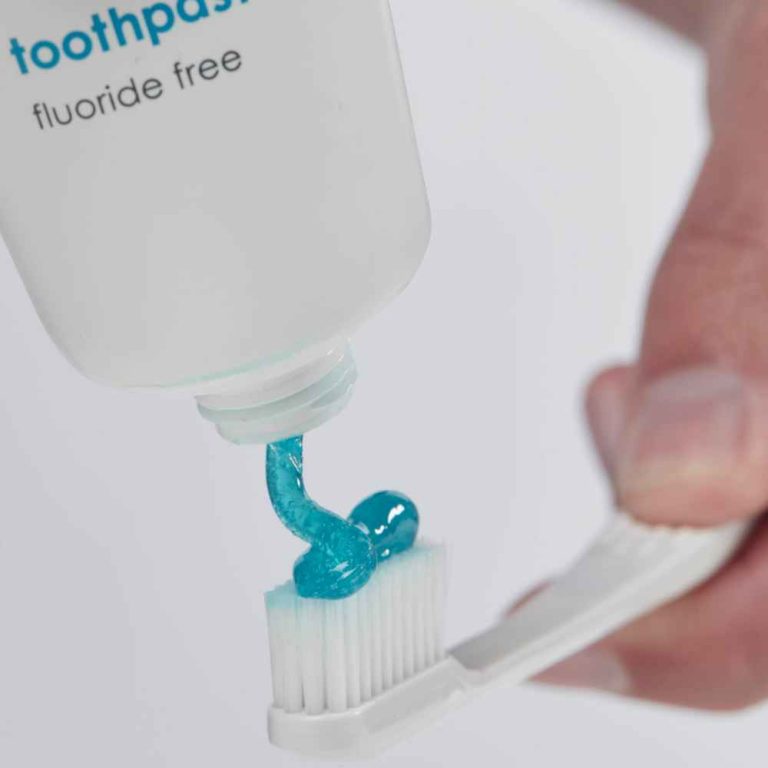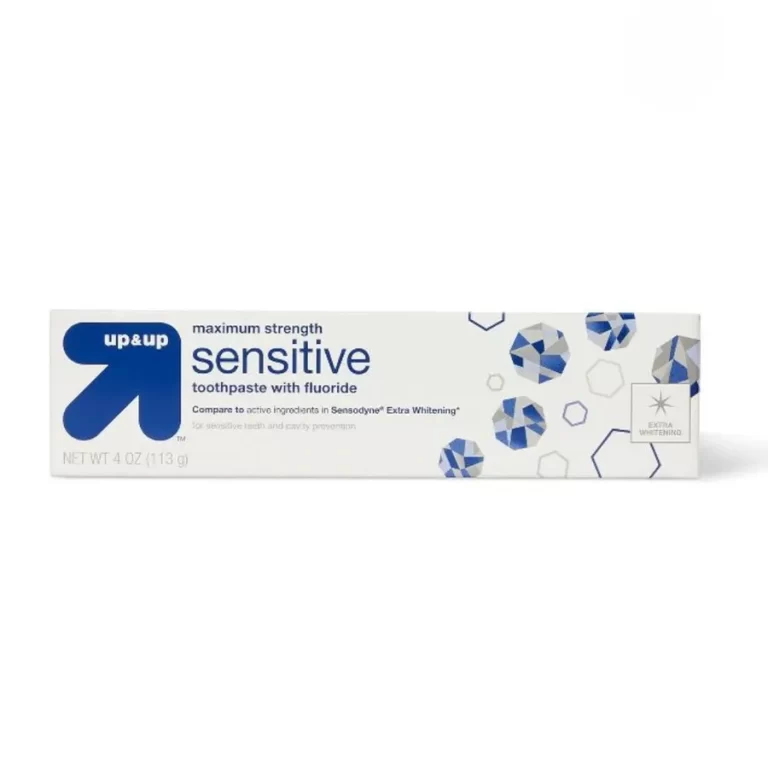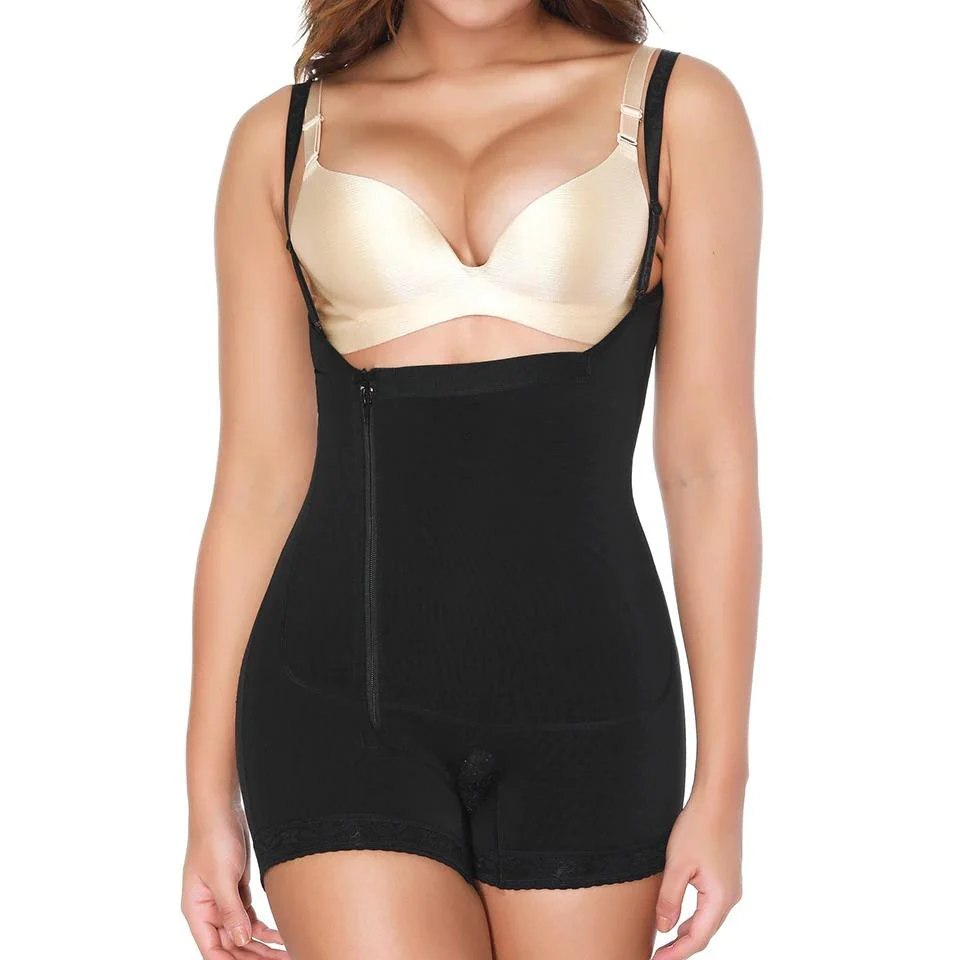
The Evolution and Impact of Girdle in Fashion and Society
A Historical Journey Through Body Shaping
Body shaping garments have transformed the silhouette of women throughout different eras of fashion history. Ancient civilizations used primitive forms of girdle to modify and control body shapes for cultural significance. The earliest recorded use of girdles dates back to ancient Greece and Rome for ceremonial purposes. Women in medieval times wore tight lacing corsets as predecessors to modern girdles for shape control. The Renaissance period brought elaborate clothing that required more structured undergarments for the desired silhouette. Noble women endured hours of careful lacing and adjustment to achieve the perfect hourglass figure.
Wealthy families displayed their status through daughters wearing increasingly restrictive foundation garments. Medical practitioners began warning about the health risks of extreme body modification through tight lacing. Despite health concerns, the cultural pressure to maintain a specific body shape continued through various periods. The Victorian era marked the height of restrictive undergarments with steel-boned corsets becoming standard wear. Factory production made body-shaping garments more accessible to working-class women in urban areas. Department stores started carrying ready-made foundation garments for the growing middle class. The changing role of women in society influenced the evolution of more practical foundation garments.
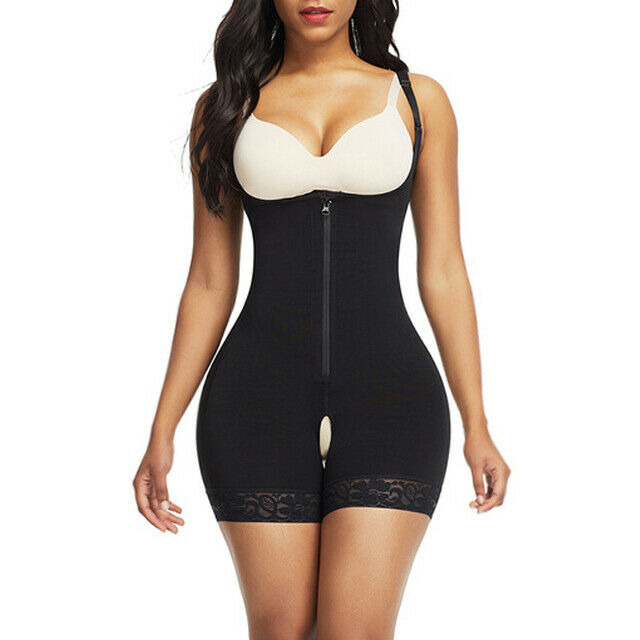
The Birth of Modern Girdles
Technological advances in textile manufacturing revolutionized the production of body shaping garments in the 1900s. Latex rubber became a game-changing material that allowed for more flexible and comfortable girdles. Innovative designers created new patterns that provided better support while allowing freedom of movement. Mass production techniques made girdles more affordable and accessible to women across social classes. Department stores began featuring dedicated corset departments with professional fitters for customers.
Fashion magazines promoted the latest girdle styles as essential foundation garments for every woman. Manufacturers developed specialized marketing campaigns targeting different age groups and body types. The introduction of elastic materials created more comfortable options for everyday wear. Synthetic fabrics allowed for lighter, more breathable girdles suitable for warmer weather. Zip closures and adjustable features made girdles easier to put on and take off. New manufacturing processes allowed for seamless construction that eliminated visible lines under clothing.
The Golden Age of Girdles
The 1950s marked the peak of girdle popularity as an essential foundation garment for fashionable women. Hollywood stars promoted the hourglass silhouette achieved through carefully selected foundation garments in magazines. Television advertisements showcased the latest girdle innovations to millions of American households. Department stores expanded their lingerie departments to accommodate the growing demand for foundation garments.
Professional fitters helped women select the perfect girdle style for their body type. Fashion designers created clothing that required specific foundation garments to achieve the desired look. Young women received their first girdles as a rite of passage into adulthood. Bridal trousseaus always included several styles of girdles for different occasions. Working women relied on girdles to maintain a professional appearance in tailored business attire. Social expectations required proper foundation garments for formal events and special occasions.
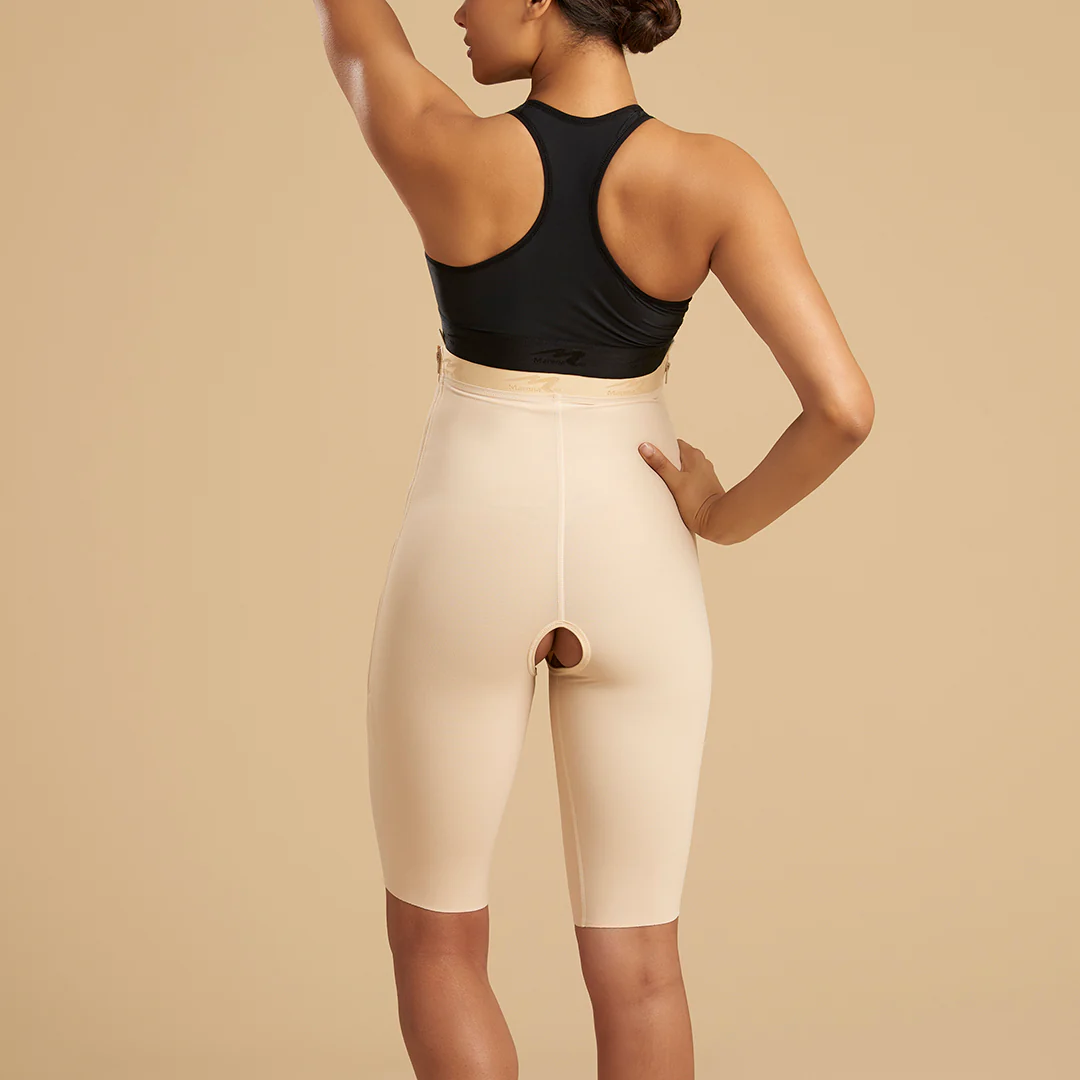
Medical Perspectives and Health Considerations
Medical professionals began studying the effects of constant girdle wear on women’s health. Research revealed potential circulation problems from overly restrictive foundation garments during pregnancy. Doctors recommended specific girdle styles for postpartum recovery and support. Physical therapists developed exercises to prevent muscle weakness from extended girdle use. Healthcare providers advised proper fitting techniques to avoid nerve compression and digestive issues.
Maternity specialists designed specialized support garments for expecting mothers with medical approval. Sports medicine experts studied the impact of girdles on athletic performance and movement. Occupational health researchers examined workplace injuries related to restrictive foundation garments. Medical innovations led to therapeutic girdles for post-surgical recovery and rehabilitation purposes. New materials allowed for better ventilation and reduced skin irritation from prolonged wear.
The Social Impact of Girdle Culture
Fashion trends heavily influenced societal expectations for women’s body shapes throughout the decades. Magazine advertisements reinforced the cultural pressure to maintain a specific silhouette through foundation garments. Women’s magazines featured regular columns about proper girdle selection and care techniques. Social events required specific foundation garments to achieve acceptable appearance standards. Workplace dress codes often implicitly required foundation garments for professional presentation.
Department store fashion shows demonstrated the importance of proper foundation garments. Beauty pageants established strict standards for contestants’ foundation garment requirements. Fashion schools taught proper foundation garment selection as part of design education. Social clubs organized shopping trips for members to purchase new foundation garments. Cultural expectations created emotional and psychological pressure to conform to specific body standards.
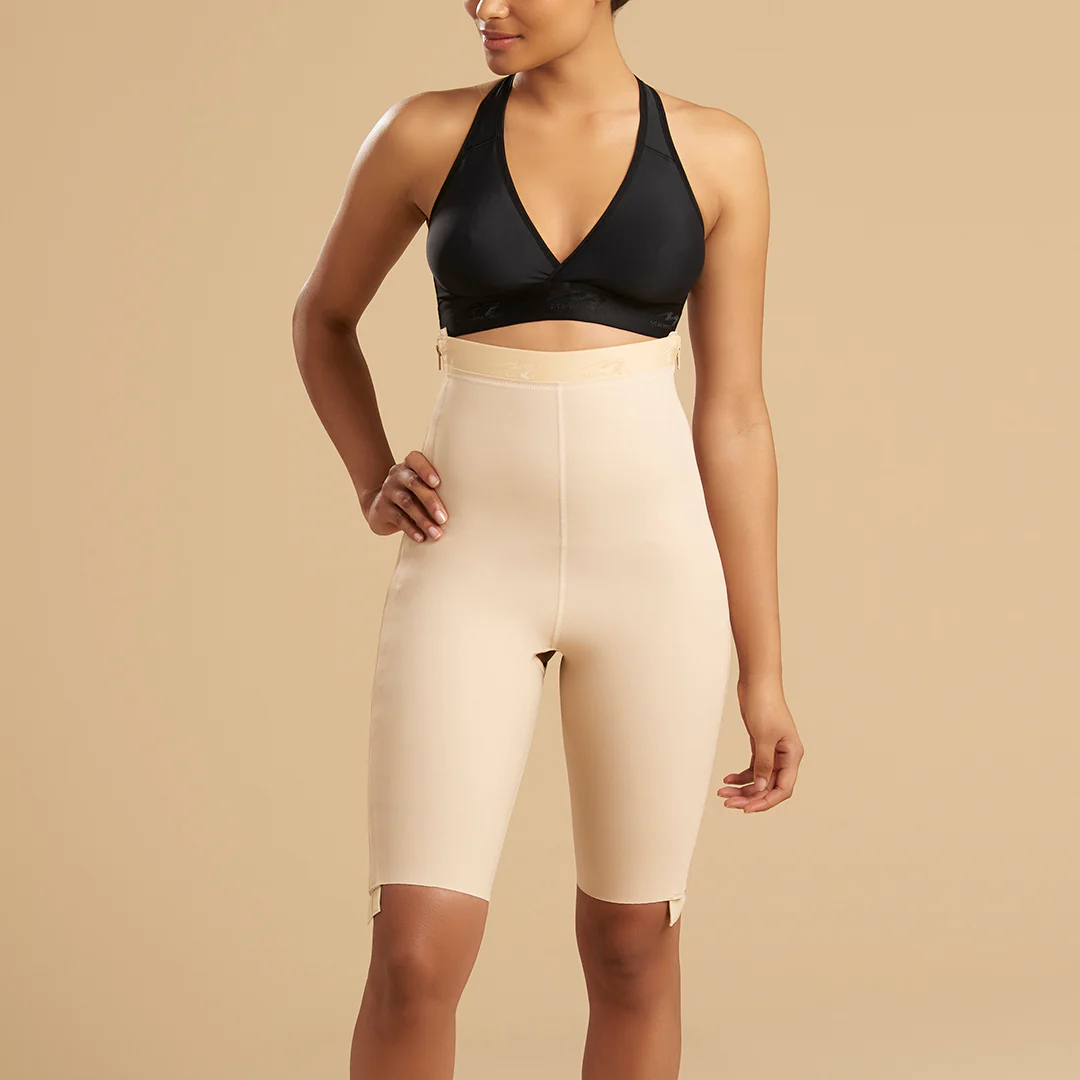
The Feminist Movement and Body Liberation
The women’s liberation movement challenged traditional expectations about foundation garments and body control. Activists promoted natural body shapes and freedom from restrictive undergarments as personal choice. Public demonstrations featured dramatic rejection of girdles as symbols of oppression. Magazine articles debated the role of foundation garments in modern women’s lives. Fashion designers began creating styles that didn’t require restrictive foundation garments.
Department stores adapted to changing consumer preferences with new lingerie department layouts. Working women demanded more comfortable clothing options for professional environments. Young women increasingly rejected traditional foundation garment expectations from previous generations. Social movements promoted body acceptance and individual choice in foundation garment wear. Cultural attitudes shifted toward more natural body shapes and personal comfort.
Modern Innovations and Contemporary Uses
Technology has revolutionized the design and manufacturing of modern shapewear and foundation garments. New synthetic materials provide better support with increased comfort and breathability. Medical-grade compression garments serve therapeutic purposes for various health conditions. Sports technology incorporates foundation garment principles into athletic wear for enhanced performance.
Fashion designers integrate shaping elements directly into clothing to eliminate separate foundation garments. Online retailers offer sophisticated sizing tools for proper foundation garment selection. Manufacturing innovations allow for seamless construction and invisible support under clothing. Smart fabrics provide targeted compression and support based on body movement patterns. Sustainable materials offer eco-friendly options for conscious consumers seeking foundation garments. Custom manufacturing allows for personalized foundation garments tailored to individual needs.
The Future of Body Shaping
Technological advances continue to transform the foundation garment industry with innovative materials and designs. Virtual fitting rooms help customers select proper foundation garments without traditional measurements. Artificial intelligence assists in designing more effective and comfortable foundation garment patterns. Sustainable manufacturing processes reduce environmental impact of foundation garment production.
Medical research guides development of therapeutic foundation garments for various health conditions. Fashion trends increasingly emphasize natural body shapes while maintaining foundation garment options. Cultural attitudes continue evolving regarding personal choice in foundation garment wear. Professional environments adapt dress codes to accommodate changing perspectives on foundation garments. Social media influences perceptions of body shapes and foundation garment choices. Global markets create diverse foundation garment options for different cultural preferences.
Cultural Legacy and Lasting Impact
Historical preservation efforts document the evolution of foundation garments through museum collections. Fashion historians study the cultural significance of girdles across different time periods. Educational programs examine the relationship between foundation garments and social expectations. Art exhibitions explore foundation garments as symbols of changing cultural attitudes.
Documentary films capture personal stories about experiences with traditional foundation garments. Vintage fashion enthusiasts preserve traditional foundation garment techniques and styles. Contemporary designers draw inspiration from historical foundation garment construction methods. Cultural analysts examine changing attitudes toward body modification through foundation garments. Fashion archives maintain collections of significant foundation garment innovations and designs. Academic research continues exploring the complex relationship between society and foundation garments.
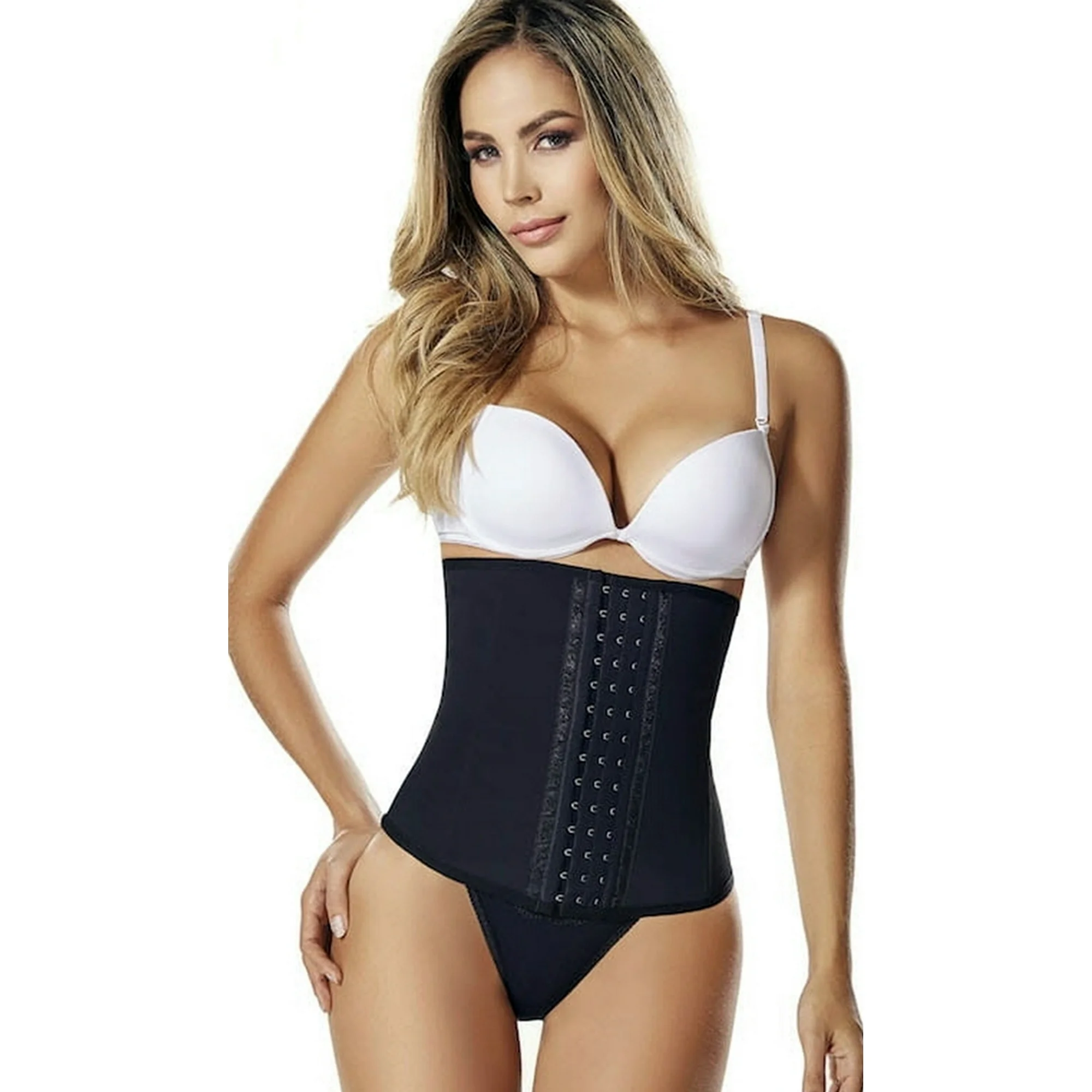
Conclusion: The Transformative Legacy of Girdles
The journey of girdles through fashion history reflects society’s evolving relationship with body image and personal expression. Modern shapewear continues to adapt to changing consumer needs while respecting individual choices. Fashion designers now create innovative solutions that balance style with comfort and practicality. Department stores stock diverse foundation options that cater to various preferences and body types. Technology brings revolutionary materials that provide support without sacrificing mobility or comfort. Medical professionals develop specialized compression garments that serve therapeutic purposes beyond aesthetic goals.
Social movements advocate for body positivity while acknowledging personal choices in foundation wear. Cultural attitudes shift toward embracing natural body shapes while respecting individual styling preferences. Online retailers revolutionize the shopping experience with virtual fitting rooms and customization options. Sustainable manufacturing practices address environmental concerns in the foundation garment industry. Global markets respond to diverse cultural preferences with varied foundation garment designs. Educational programs preserve historical knowledge while exploring contemporary perspectives on body shaping.
Fashion archives document the evolution of foundation garments for future generations to study. Museums showcase the artistic and cultural significance of girdles throughout different eras. Contemporary designers draw inspiration from historical techniques while incorporating modern innovations. The foundation garment industry continues to evolve with changing social norms and consumer demands. Medical research guides the development of healthier options for body support and shaping. Cultural conversations explore the balance between tradition and progress in foundation wear. Society moves forward with a deeper understanding of personal choice in body shaping decisions.
More Stories
Post Accutane Hair Loss: Why It Happens & How to Stop It
Introduction Accutane, a powerful medication used to treat severe acne, has transformed many lives by clearing persistent skin issues. However,...
Achieve a Flawless Tan: Best Indoor Tanning Lotion for Skin
Achieving a sun-kissed glow without the harmful effects of UV rays has become increasingly popular, and the best indoor tanning...
The Nutritional Profile of Strawberry Lotion Benefits for Skin Care
The Nutritional Profile of Strawberries in Skin Care When considering strawberries in skin care, their rich nutritional profile is a...
Lotion for Crepey Skin: Soothing Lotions for Crepey Skin Care
Introduction to Crepey Skin Crepey skin is thin and looks finely wrinkled, like crepe paper. This condition often occurs on...
Best Lotion for Dry Hands: Importance of Moisturizing Dry Hands
The Importance of Moisturizing Dry Hands The skin on our hands is often the first to show signs of dryness....
Benefits of Soothing Juniors Bedtime Lotion Guide: Key Ingredients
Benefits of Bedtime Lotion for Children Applying bedtime lotion can be more than just a step in a nightly routine;...
